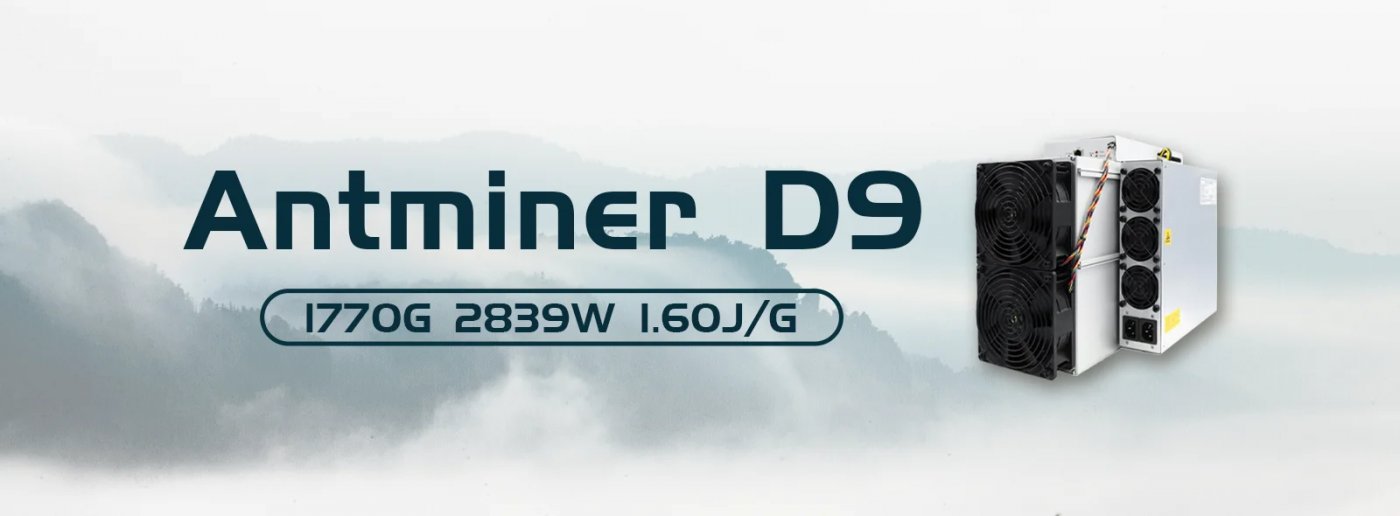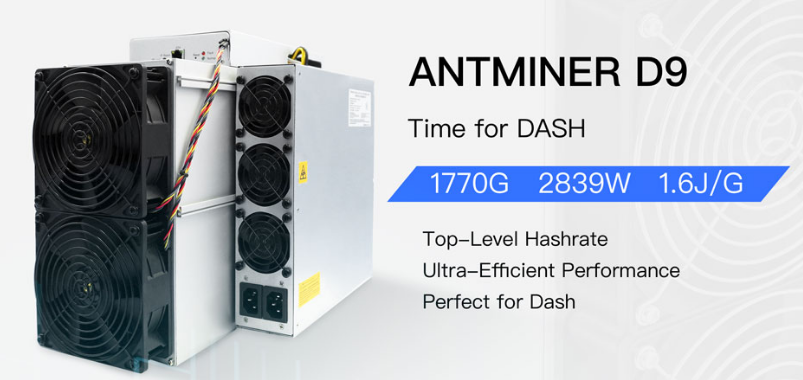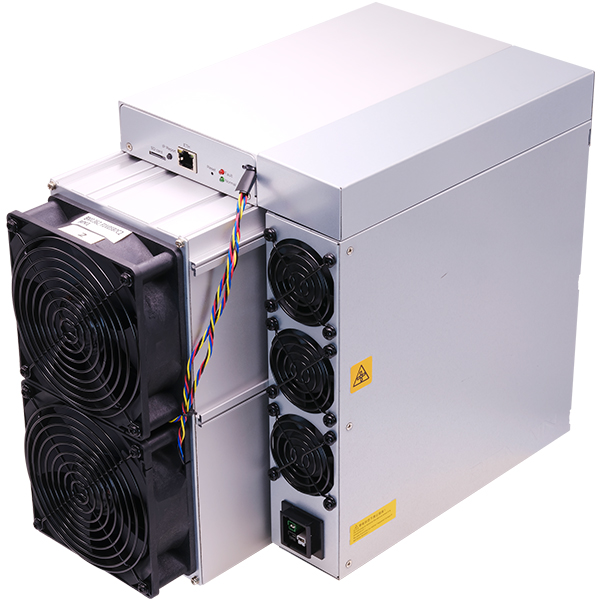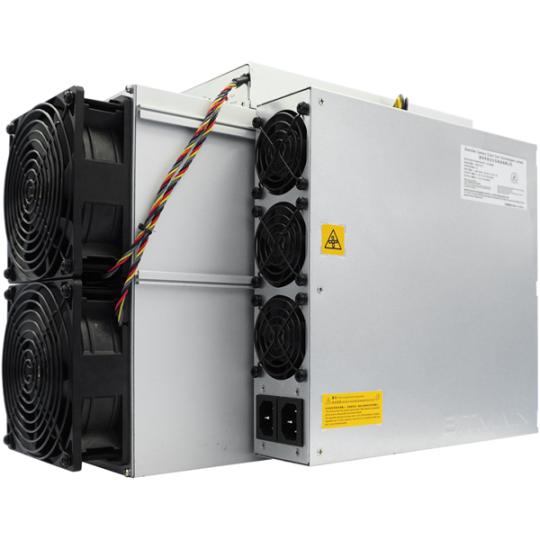What is the ROI Period for Dash Miner D9?
Cryptocurrency mining has evolved significantly over the years, with miners constantly seeking efficient and profitable solutions to stay competitive in the ever-changing market. One such solution that has garnered attention is the Dash Miner D9, a cutting-edge mining device from the renowned Antminer brand. Designed specifically for Dash mining using the X11 algorithm, the D9 combines unparalleled performance, reliability, and efficiency. But for mining operators, the most critical question remains: What is the ROI (Return on Investment) period for the Dash Miner D9? In this article, we’ll explore the factors that influence ROI, examine the D9’s technical specifications, and provide practical insights to help you determine its profitability.
Understanding the Dash Miner D9
Before diving into ROI calculations, it’s essential to understand what makes the Dash Miner D9 a standout choice for Dash mining. The D9 is engineered to deliver exceptional computational power while maintaining energy efficiency—a crucial combination for maximizing profitability in today’s competitive mining landscape.
Key Specifications
- Hashrate: 1770 GH/s
The D9’s impressive hashrate ensures rapid processing of Dash’s X11 algorithm, translating to higher mining rewards.
- Power Consumption: 2839 watts at 25°C
With a power efficiency of 1.60 J/GH, the D9 minimizes energy costs, a significant factor in ROI calculations.

- Compact Design: 400mm x 195.5mm x 290mm
Its small footprint makes it suitable for both home and commercial setups.
- Noise Level: 70 dBA
The efficient cooling system ensures quiet operation, ideal for environments where noise is a concern.
- Warranty: 180 days
Backed by Antminer’s comprehensive warranty, the D9 offers peace of mind and reduced downtime.
Factors Influencing ROI for the Dash Miner D9
Calculating ROI involves considering several variables, including hardware costs, electricity expenses, mining rewards, and market conditions. Let’s break down these factors in the context of the Dash Miner D9.
1. Initial Investment
The upfront cost of the Dash Miner D9 is a primary consideration. As of writing, the D9 is priced at approximately $2,500–$3,000, depending on the supplier and market demand. While this may seem steep, its advanced features and efficiency justify the investment.
2. Electricity Costs
Power consumption is a recurring expense in mining operations. The D9 consumes 2839 watts, translating to 68.14 kWh per day. At an average electricity rate of $0.10 per kWh, daily energy costs amount to $6.81. However, rates vary globally, so it’s essential to factor in your local electricity costs.
3. Mining Rewards
Dash mining rewards depend on the current block reward, mining difficulty, and network hashrate. As of now, Dash offers a block reward of 2.88 Dash per block, with blocks mined approximately every 2.5 minutes. Using a mining profitability calculator, the D9’s 1770 GH/s hashrate can yield approximately 0.0025 Dash per day.
4. Market Price of Dash
The value of Dash directly impacts mining profitability. For instance, if Dash is priced at $50, daily mining rewards would be $0.125. However, cryptocurrency prices are volatile, and fluctuations can significantly affect ROI.
5. Maintenance and Cooling Costs
While the D9 is designed for efficiency, maintaining optimal conditions—such as cooling and ventilation—may incur additional costs. These are typically minimal but should be considered in your ROI calculations.
Calculating ROI for the Dash Miner D9
To estimate ROI, let’s use a practical example based on the following assumptions:
- Dash Miner D9 Cost: $2,800
- Electricity Rate: $0.10 per kWh
- Dash Price: $50
Daily Costs
- Electricity: 68.14 kWh/day x $0.10 = $6.81
- Mining Rewards: 0.0025 Dash/day x $50 = $0.125
Daily Profit
$0.125 (Rewards) – $6.81 (Electricity) = -$6.685
At this stage, it appears the D9 operates at a loss. However, this scenario assumes static conditions, which rarely reflect reality. Several factors can improve ROI:
1. Reduced Electricity Costs
If you access cheaper electricity (e.g., $0.05 per kWh), daily costs drop to $3.41, reducing your daily loss to -$3.285.
2. Increased Dash Price
If Dash’s price rises to $100, daily rewards become $0.25, narrowing the daily loss to -$6.56.

3. Pool Mining
Joining a mining pool increases your chances of earning consistent rewards, potentially offsetting operational costs.
4. Long-Term Investment
Cryptocurrency mining is a long-term endeavor. Holding mined Dash during price surges can significantly boost profitability.

Optimizing ROI with the Dash Miner D9
To maximize ROI, consider the following strategies:
1. Scale Your Operations
Running multiple Dash Miner D9 units increases your hashrate and rewards, spreading fixed costs (e.g., cooling and maintenance) across more devices.
2. Leverage Renewable Energy
Using solar or wind power reduces electricity expenses, improving profitability.
3. Monitor Market Trends
Stay informed about Dash’s price movements and mining difficulty adjustments to capitalize on favorable conditions.

4. Maintain Your Equipment
Regularly clean and inspect your D9 to ensure optimal performance and longevity.
Conclusion: Is the Dash Miner D9 Worth It?
The ROI period for the Dash Miner D9 depends on various factors, including hardware costs, electricity rates, and Dash’s market price. While initial profitability may seem challenging, the D9’s efficiency, reliability, and adaptability make it a viable long-term investment for dedicated mining operators.
By optimizing your setup, leveraging cost-saving measures, and staying informed about market trends, you can reduce the ROI period and unlock the full potential of Dash mining with the Dash Miner D9. As with any investment, thorough research and strategic planning are key to achieving sustainable profitability in the dynamic world of cryptocurrency mining.